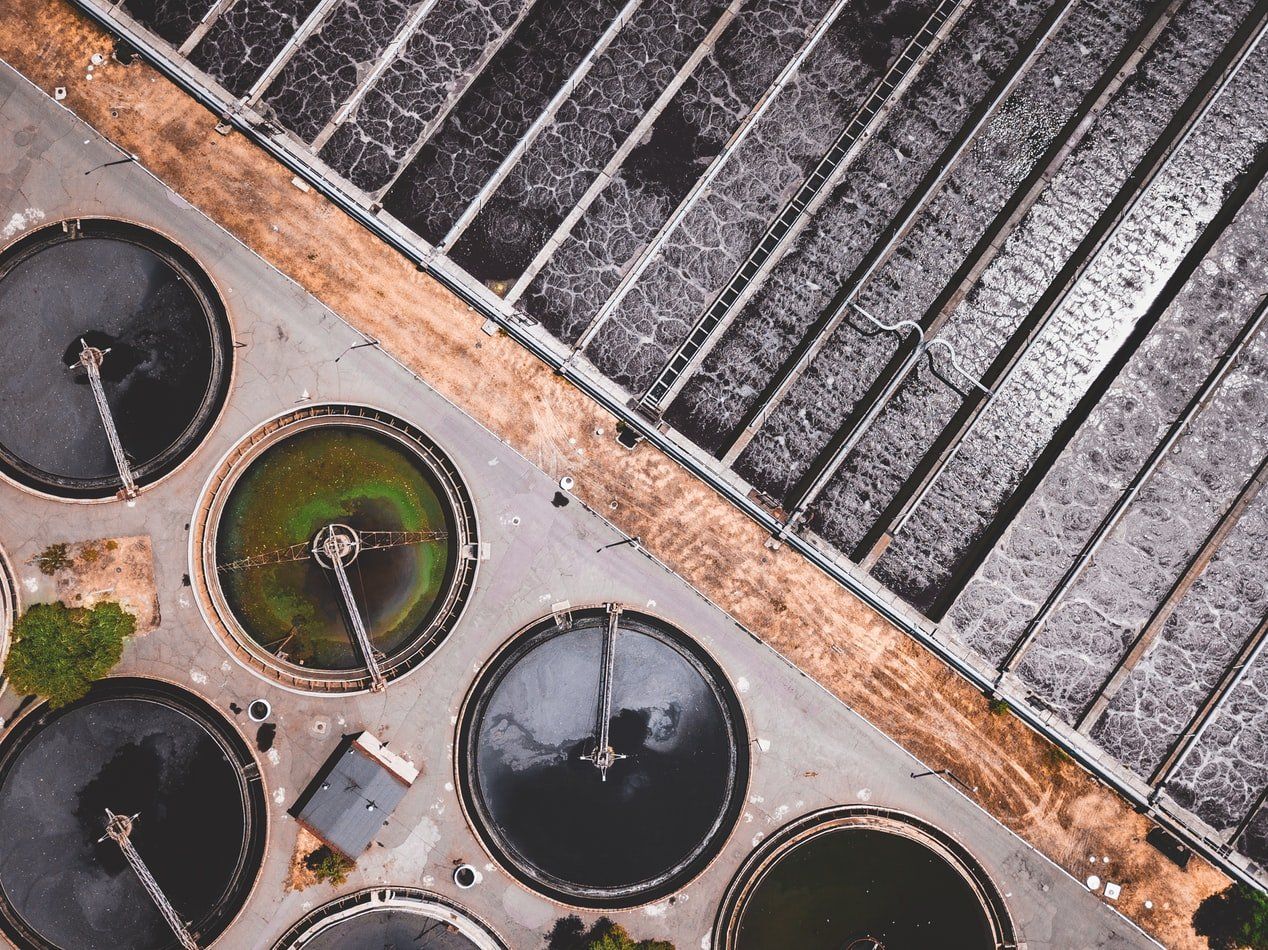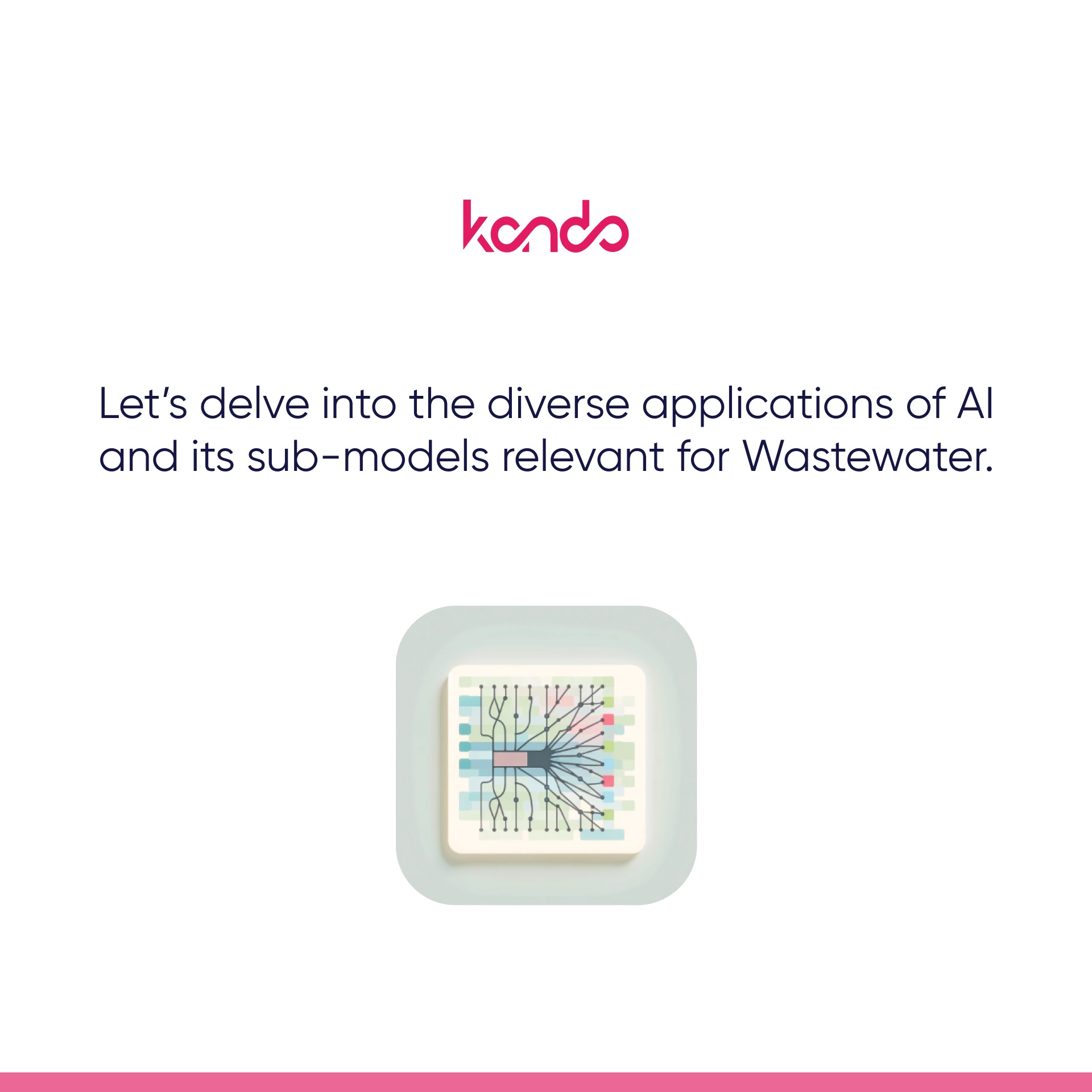Admin
February 4, 2020
What effects do droughts have on Wastewater Treatment Plants?

Despite the benefits, water reuse projects are not without their difficulties, starting in the process before the actual water reuse; the influent. As influent flows decrease in severe drought conditions, downstream effluent sees a marked increase in pollution concentration. As sources deteriorate, there is less water to dilute contaminants such as salts, nutrients, and other pollutants derived from human and natural factors (including population increases, water reuse, droughts, storms, etc.)
As climate conditions become increasingly erratic, droughts and floods are becoming more common, and reliable water sources more scarce. More and more utilities are turning to treated wastewater to supplement water resources, but water scarcity makes wastewater treatment processes harder. The character and quantity of contaminants presenting problems today are far more complex than those that presented challenges in the past and as water volumes decrease, so contaminant concentrations rise. All over the world, operators are finding it more and more difficult to meet strict wastewater quality standards and provide enough water to meet user needs, especially as budgets fail to keep up with rising operational costs.
Effective water reuse is key to overcoming water scarcity as it increases available water without the need for new sources. Despite the benefits, water reuse projects are not without their difficulties, starting in the process before the actual water reuse; the influent. As influent flows decrease in severe drought conditions, downstream effluent sees a marked increase in pollution concentration. As sources deteriorate, there is less water to dilute contaminants such as salts, nutrients, and other pollutants derived from human and natural factors (including population increases, water reuse, droughts, storms, etc.). High salinity is a particular issue as current wastewater treatment plants (WWTP) are not designed to remove high salt concentrations. Reduced influent volumes can have a pronounced effect on wastewater treatment processes efficiency and associated operational costs. To meet the required output standards for water reuse projects and wastewater discharge regulations, utilities need to manage the quality of the water entering WWTP.
Reduced water quality has an immediate impact on the environment and can lead to serious effects on aquatic organisms and plants, not to mention the potential human costs. The US water quality enforcement policy requires the Regional Water Quality Control Board to enforce a minimum penalty of $3,000 for each serious violation – that is to say, any discharge exceeding effluent quality limitations by at least 40% for Group I pollutants (Biochemical Oxygen Demand, BOD).
For utilities, monitoring wastewater conditions is becoming a critical part of maximizing treatment efficiencies, protecting the environment, and avoiding unnecessary penalties. Solutions that increase network and WWTP operators’ awareness of their systems’ current status, detecting any deterioration of the wastewater quality in the collection system in real time, allow utilities to take the necessary steps to meet required standards despite changeable conditions. Even with cutting-edge monitoring systems in place, reliable data, practical experience, and process understanding are essential to making the most of the intelligence they can provide.
Working closely with clients to meet their needs, KANDO has developed a smart wastewater system that allows utilities to monitor their wastewater collection networks, detecting, tracing, and pinpointing contamination sources in real time. KANDO’s big data analysis provides utilities with immediate access to actionable insights concerning events in the network that might affect treatment processes. Besides allowing WWTP operators to adapt to real-world conditions and optimize outputs, KANDO’s system can identify where pollution is coming from. Utilities can use this information to reduce network contamination events and educate wastewater contributors about the implications and costs of polluting shared collection systems. By minimizing pollution loads in wastewater networks and monitoring network flow, utilities can address these events before they can cause any damage, while increasing awareness about individual contributors impact on wastewater quality. Working with polluters to bring contamination levels down will allow utilities to lower both their operational and capital expenditure.
By increasing user understanding and using data-derived insights to improve WWTP process efficiency, KANDO can help utilities minimize the negative effects of water scarcity, simultaneously reducing the impact of highly concentrated wastewater discharges on treatment systems, maximizing water reuse potential, and protecting the environment.
Your wastewater contains the data.
We just need to extract it so that you can optimize your operations.
Contact us and a member of our team will get back to you as soon as possible.



